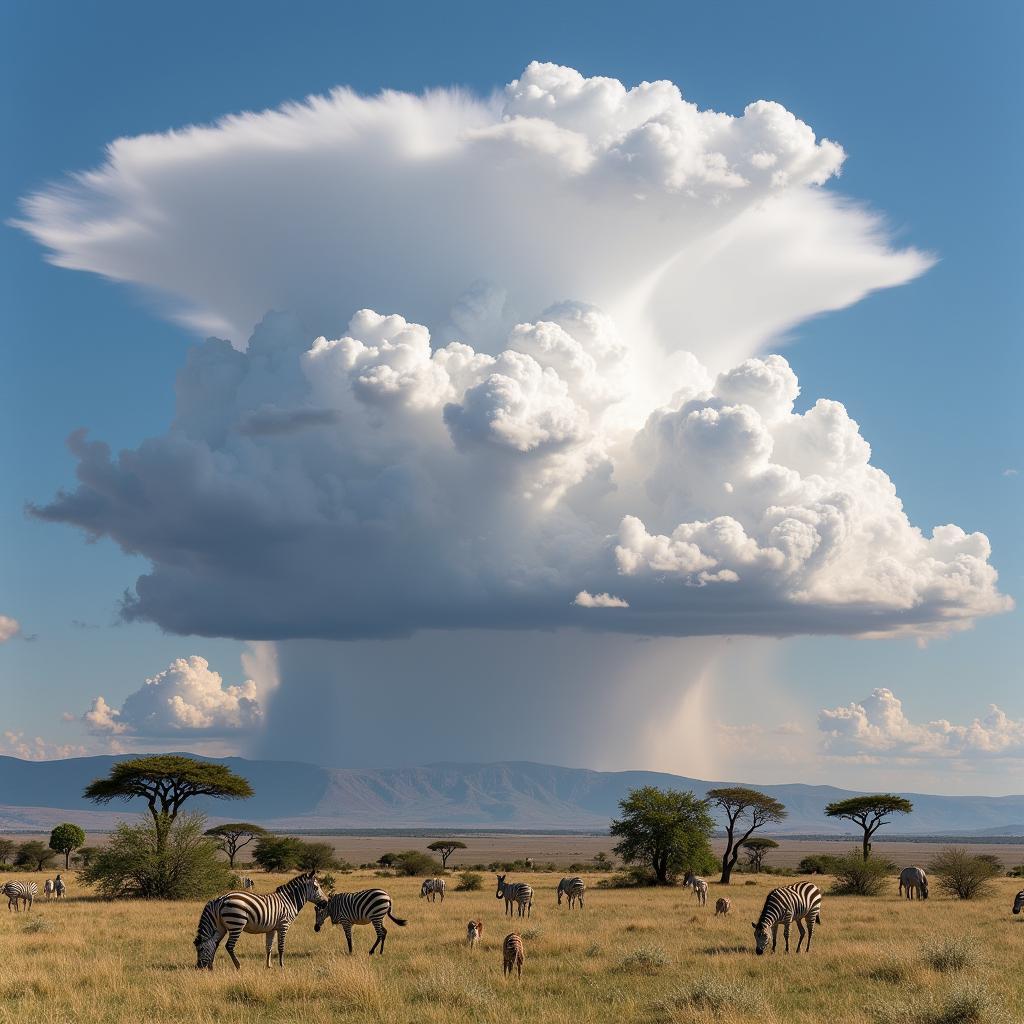African King and Queen Images: A Glimpse into Royal Power and Majesty
Images of African kings and queens offer a captivating window into the continent’s rich history, cultural diversity, and the enduring power of traditional leadership. From ancient empires to pre-colonial kingdoms, these visual records provide invaluable insights into the lives, attire, and symbolism associated with African royalty.
The Significance of Royal Portraiture in African Art
Throughout history, images of rulers have played a crucial role in conveying authority, status, and cultural values. In Africa, royal portraiture took on diverse forms, from elaborate sculptures and masks to intricate textiles and body art. These depictions served not merely as representations of individual monarchs but as powerful symbols of royal lineage, divine right, and the societal order.
For instance, the Yoruba people of West Africa are renowned for their exquisite beaded crowns, known as “ade.” These crowns, often featuring a beaded veil that shields the king’s face from direct view, embody the sacredness of kingship and the mystical connection between the ruler and the divine.
From Ancient Egypt to the Ashanti Empire: Exploring Diverse Representations
The visual representation of African kings and queens varies significantly across different regions and historical periods, reflecting the unique artistic traditions and cultural beliefs of each society.
In ancient Egypt, for example, pharaohs were depicted as divine rulers, often shown in monumental sculptures and reliefs with idealized features, elaborate headdresses, and symbolic objects. These images aimed to convey the pharaoh’s god-like status and their role as intermediaries between the human and divine realms.
Moving south to the Ashanti Empire of present-day Ghana, we encounter a distinct visual language. Ashanti kings, known as Asantehene, are often depicted in elaborate gold jewelry, kente cloth, and ceremonial swords, signifying their wealth, power, and military prowess. The Golden Stool, a sacred object believed to embody the soul of the Ashanti people, features prominently in many depictions of Ashanti kings, underscoring the spiritual dimension of their rule.
The Enduring Legacy of African Kings and Queens
While the era of colonial rule brought about significant changes to traditional power structures in Africa, the legacy of African kings and queens continues to resonate today. In many parts of the continent, traditional rulers still hold considerable influence, playing vital roles in local governance, cultural preservation, and community development.
Moreover, images of African kings and queens have transcended their original context, inspiring artists, designers, and cultural producers worldwide. From fashion to music to contemporary art, these images continue to captivate and inspire, reminding us of Africa’s rich history, cultural diversity, and the enduring power of leadership and tradition.
Frequently Asked Questions about African King and Queen Images
1. What is the significance of the colors and symbols used in African royal portraiture?
The colors and symbols employed in depicting African royalty often hold deep cultural and spiritual meanings. For example, gold often represents wealth, power, and divine connection, while red may symbolize vitality, courage, or spiritual energy. Specific animals, plants, or geometric patterns may also hold symbolic significance, often associated with ancestral spirits, clan totems, or specific virtues.
2. Are there any notable female rulers in African history?
Absolutely! Africa boasts a rich history of powerful female rulers who played pivotal roles in shaping the continent’s political, economic, and cultural landscapes. Queen Nzinga of Ndongo and Matamba, Yaa Asantewaa of the Ashanti Empire, and Queen Amina of Zaria are just a few examples of the many remarkable women who held positions of power and influence in African societies.
3. Where can I find more information about specific African kings and queens?
Numerous resources are available to delve deeper into the lives and legacies of specific African rulers. Museums, historical archives, academic journals, and reputable online databases offer a wealth of information, including biographical details, historical accounts, and visual representations of African kings and queens.
4. How have images of African kings and queens influenced contemporary art and culture?
Images of African kings and queens have had a profound impact on contemporary art and culture, inspiring artists, designers, and musicians worldwide. From fashion to music to visual art, elements of African royal aesthetics have been reinterpreted and celebrated, contributing to a greater appreciation for African art and culture on a global scale.
5. How can I learn more about the different artistic styles used to depict African royalty?
Exploring the diverse art traditions of specific African cultures is key to understanding the stylistic variations in depicting royalty. From the intricate bronze sculptures of Benin to the vibrant textiles of the Kuba Kingdom, each culture developed unique artistic practices reflecting their particular aesthetic sensibilities and cultural values.
Conclusion
Images of African kings and queens offer a captivating glimpse into a continent teeming with rich history, cultural diversity, and the enduring power of tradition. By studying these visual records, we gain a deeper understanding of African societies, their values, and the enduring legacy of their rulers. As we continue to engage with these images, we celebrate the beauty, complexity, and enduring significance of African art and culture.
For further assistance, feel free to contact us:
Phone: +255768904061
Email: [email protected]
Address: Mbarali DC Mawindi, Kangaga, Tanzania.
We have a 24/7 customer support team available to assist you.

